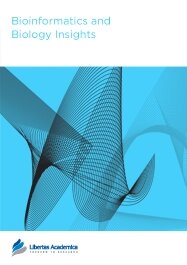

Publication Date: 02 Apr 2013
Type: Original Research
Journal: Bioinformatics and Biology Insights
Citation: Bioinformatics and Biology Insights 2013:7 133-142
doi: 10.4137/BBI.S10758

MicroRNAs (miRNAs) are small noncoding RNAs that regulate gene expressions by targeting the mRNAs especially in the 3′UTR regions. The identification of miRNAs has been done by biological experiment and computational prediction. The computational prediction approach has been done using two major methods: comparative and noncomparative. The comparative method is dependent on the conservation of the miRNA sequences and secondary structure. The noncomparative method, on the other hand, does not rely on conservation. We hypothesized that each miRNA class has its own unique set of features; therefore, grouping miRNA by classes before using them as training data will improve sensitivity and specificity. The average sensitivity was 88.62% for miR-Explore, which relies on within miRNA class alignment, and 70.82% for miR-abela, which relies on global alignment. Compared with global alignment, grouping miRNA by classes yields a better sensitivity with very high specificity for pre-miRNA prediction even when a simple positional based secondary and primary structure alignment are used.
PDF (899.14 KB PDF FORMAT)
RIS citation (ENDNOTE, REFERENCE MANAGER, PROCITE, REFWORKS)
BibTex citation (BIBDESK, LATEX)
XML
PMC HTML

I have had the honor to work with the professional team at Bioinformatics and Biology Insights. The reviewers' recommendations were very interesting and I am satisfied of the article quality. I encourage scientists to submit their work to Libertas Academica.
Facebook Google+ Twitter
Pinterest Tumblr YouTube